Category: Aero Wheel Science
-

FLO Aerodynamics and Bike Wheels (Faster by FLO Podcast #57)
PODCAST TRANSCRIPTION This is “Faster,” a podcast by FLO Cycling. In each episode, we interviewed industry experts to educate you, challenge you, and even change the way you train so you become faster. When we’re not creating this podcast, we’re working on other ways to make you faster. At FLO, we design and manufacture some…
-
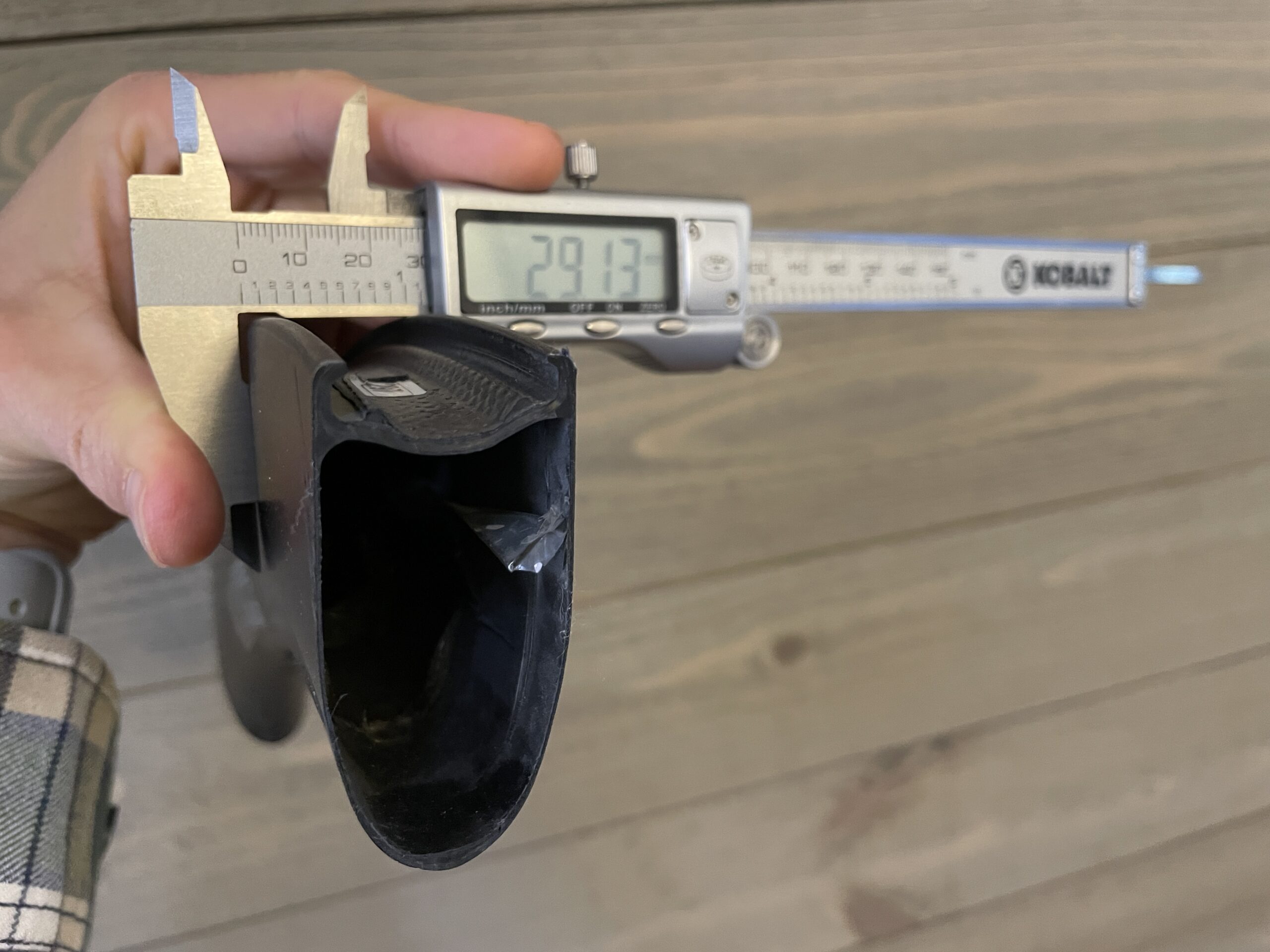
The Fastest Cycling Wheels Optimize Rim Width & Rim Depth
For bike wheels, is deeper always faster? Most people believe that a deeper cycling wheel automatically makes a faster cycling wheel. A deep section wheel is on almost every performance cyclist’s wish list. For years, we’ve stated that the fastest cycling wheels optimize both width and depth. Until recently, we haven’t been able to show…
-
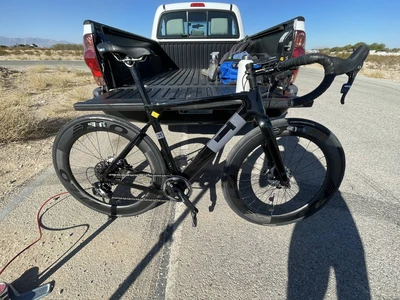
Measuring Wheel Vibration – Speed Is Key
The last time we wrote about vibration we talked about our work with rollers. We were noting how the rollers showed the same FFT graph shape, but the excitation was not the same as when tested on the road. For a refresher on this check out our last post here. Based on all of our…
-

Why Rolling Resistance Makes You Slower The Faster You Go
A few weeks ago, we showed how rolling resistance and aerodynamics are affected by speed. Today, we look specifically at rolling resistance, discuss why lowering it is so important, and walk you through the math that shows why going faster increases rolling resistance. The Watts Consumed By Rolling Resistance Let’s review the equation that calculates…
-

Aerodynamics & Rolling Resistance At Different Speeds
I was recently working on a problem to determine the number of watts required to overcome aerodynamic drag and rolling resistance at different rider speeds. What I found surprised me. While I know aerodynamics grows quickly, I didn’t know how quickly. Our FLO All Sport and Gravel wheels were designed to optimize both aerodynamic drag…
-

Vibration & Rollers
When studying rolling resistance while designing the FLO All Sport and Gravel wheel lines, we used rollers as well as on-road testing to collect data. The rollers allowed us to apply temperature compensation to the on-road data. Rollers produce a clean lab-like environment. We wanted to test the vibration produced while on rollers to gain…
-

Vibration & The 3-Axis Of Acceleration
Recently, we’ve been measuring vibration in wheels and building on the complexity of the measurements we are gathering to further our understanding of the role that vibration plays in determining impedance break point. Our original work used a uni-directional accelerometer, which measures accelerations in one plane and simplifies the output. This uni-directional sensor was mounted…
-
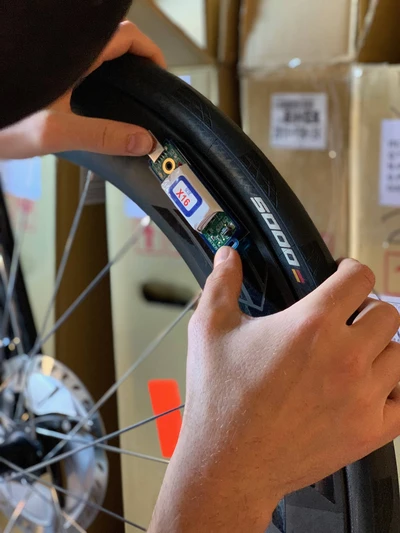
Measuring Vibration In Different Locations
Last week we observed the natural frequency of different tires, wheels, weights, and wheel location. For those tests, we used an Emerson data acquisition system that produced highly accurate results. However, riding with a computer and cables strapped to the bike is not ideal for more intense testing. This week, we explore another sensor option,…
-
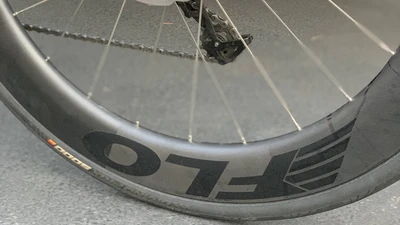
Natural Frequency: Different Tires, Wheels, and Rider Weight
Recently, we discussed how you can measure the natural frequency of a wheel and tire combination, and how we proved that our theory that you could measure an impedance break point by measuring vibration was correct. This week we’ll focus on testing the natural frequency of a wheel/tire combination when you change the type of…
-
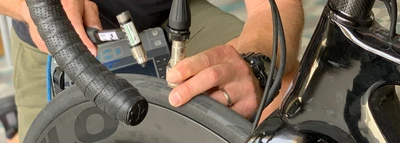
Natural Frequency: Does It Matter In Cycling?
In last week’s article, we discussed measuring impedance break points by looking at vibration, and revealed that we were able to measure a change in vibration acceleration at the impedance break point. As a recap, below is a FFT plot of vibration at 60 psi and 120 psi. In the 60 psi plot you see…
-
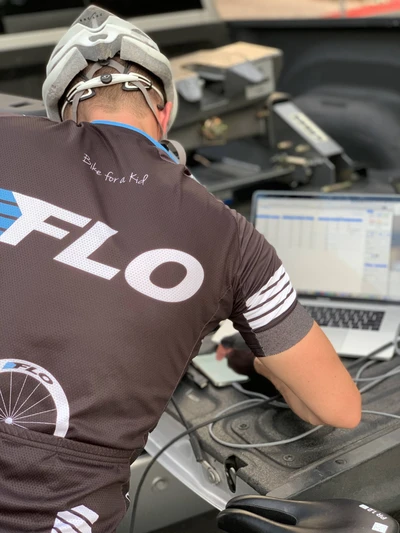
Using Vibration To Measure Impedance
Vibration has been on my mind. When designing the All Sport and Gravel wheel lines, we aimed to prove that a wider internal rim width lowered your rolling resistance. During that process, we ran hundreds of tests at different tire pressures, tire sizes, and internal rim widths. After these tests proved our theory correct, our…
-
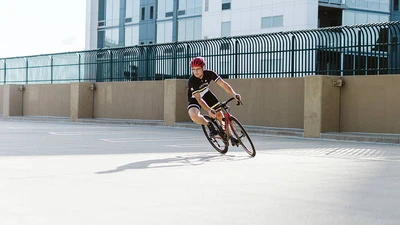
Why Higher Tire Pressure Feels Faster But Makes You Slower
Feeling Fast. Back in my university days, I owned a 2001 Kia Sephia that had less-than-showroom suspension. While on a road trip to Death Valley, I wondered what going 100mph felt like, and accelerated to 105mph. It felt like we were flying, but the vibration was unnerving, and I feared my life! Shortly after this…
-
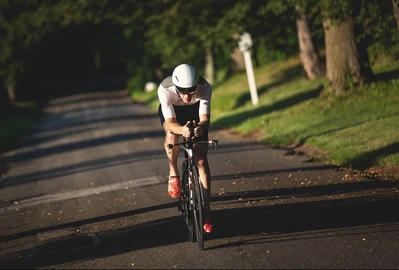
How Velocity Affects Impedance
We knew when we started developing our FLO All Sport and Gravel wheels that rolling resistance would be a large focus of the process. We believed that a wider rim would lower rolling resistance. To test this hypothesis, we spent close to two years developing an on-road testing protocol to measure rolling resistance which included…
